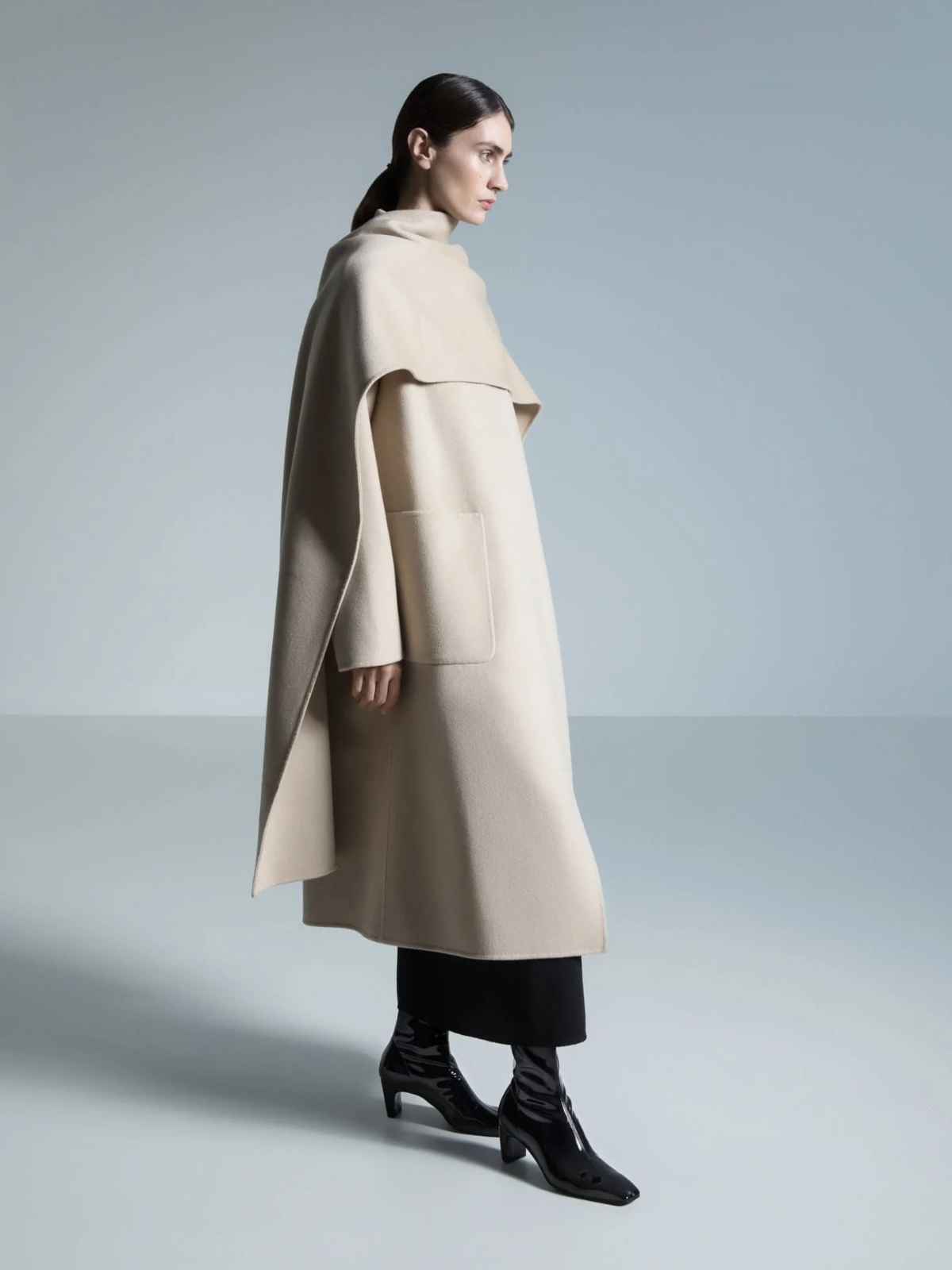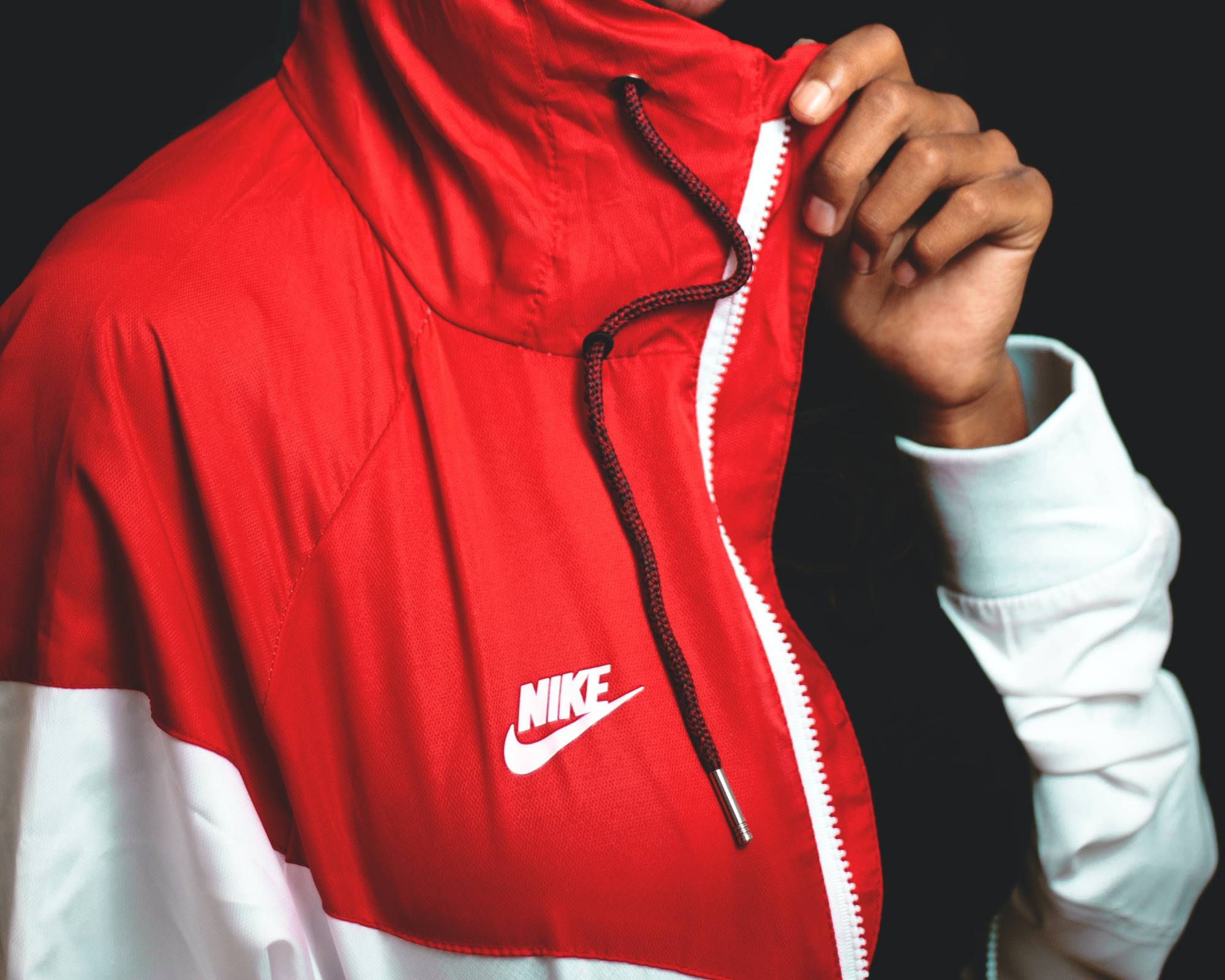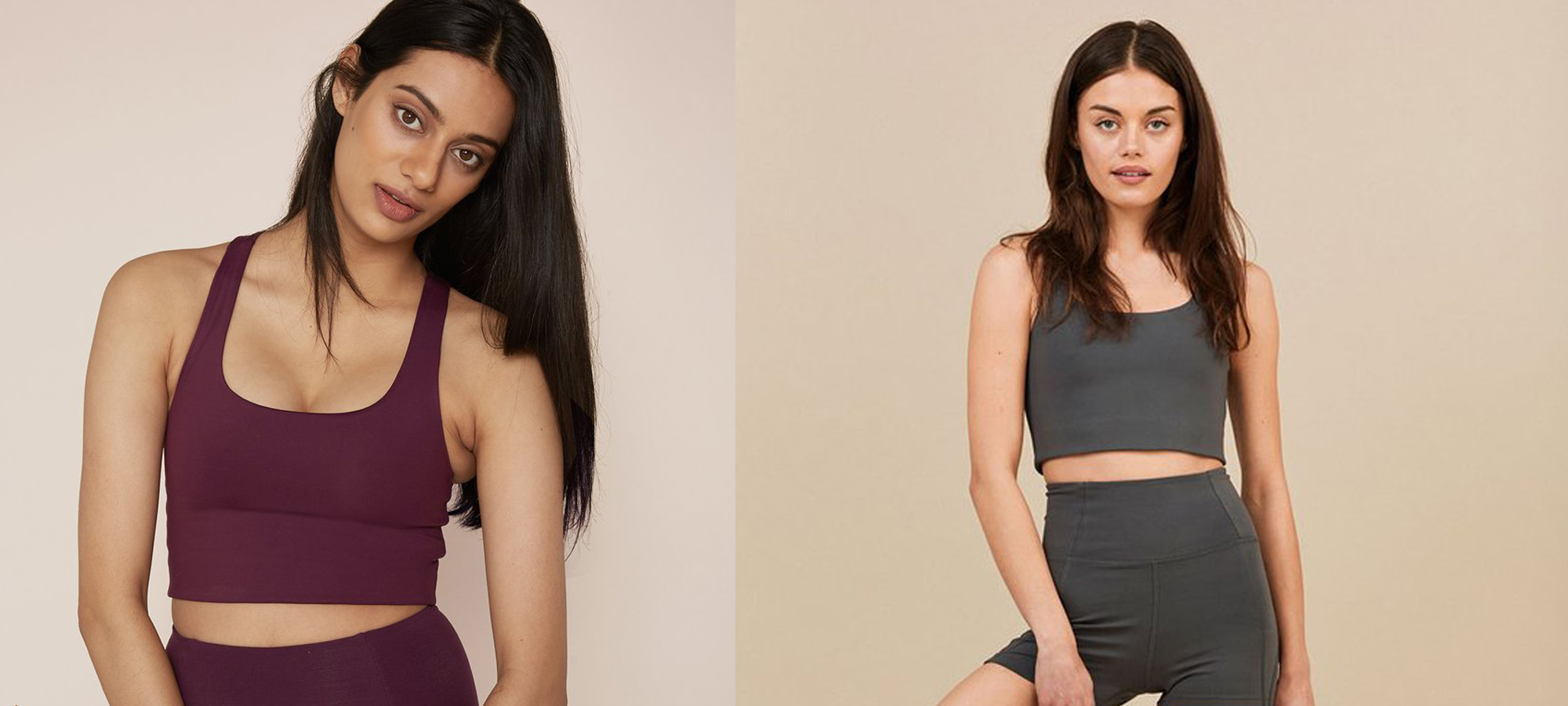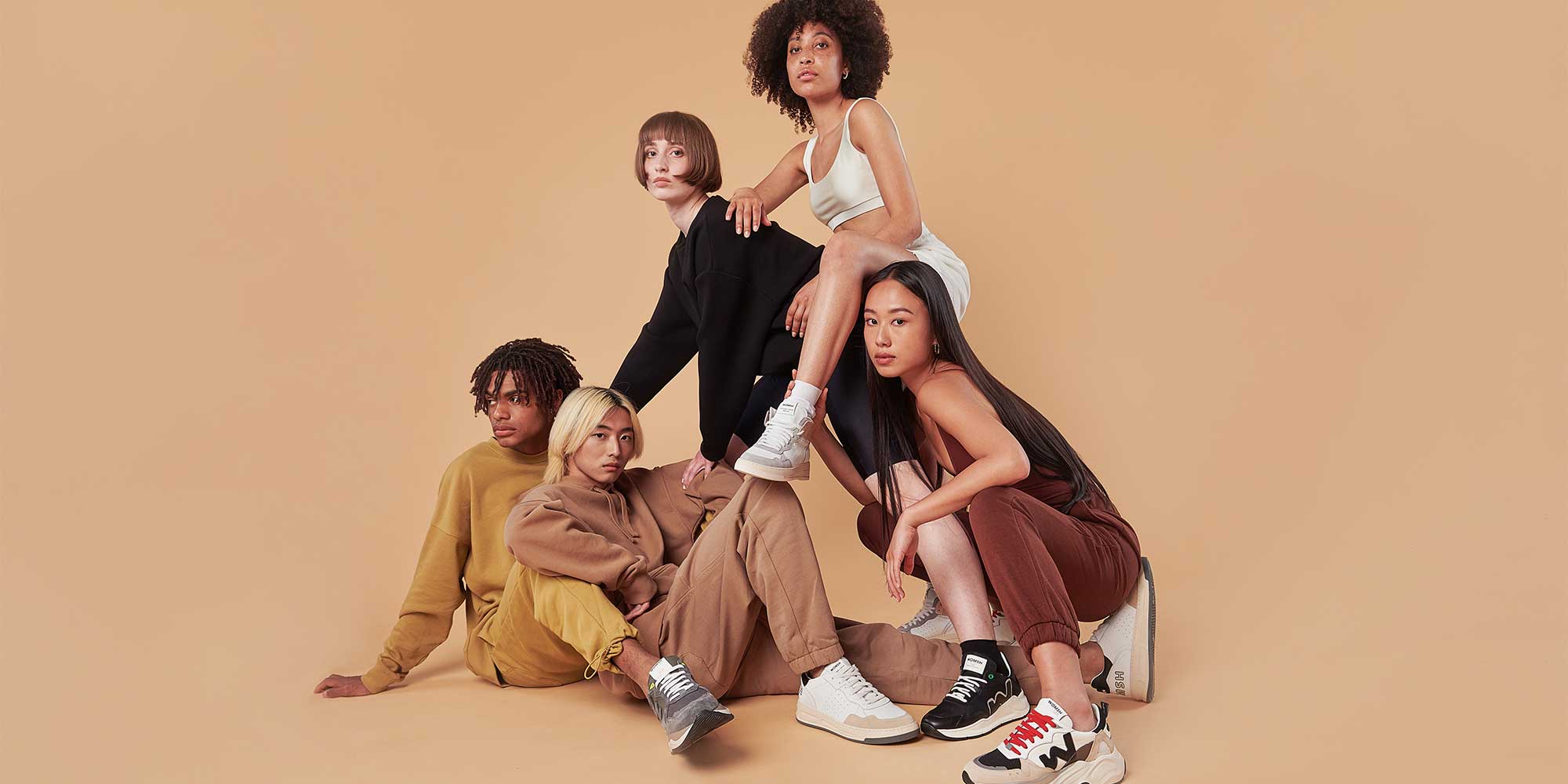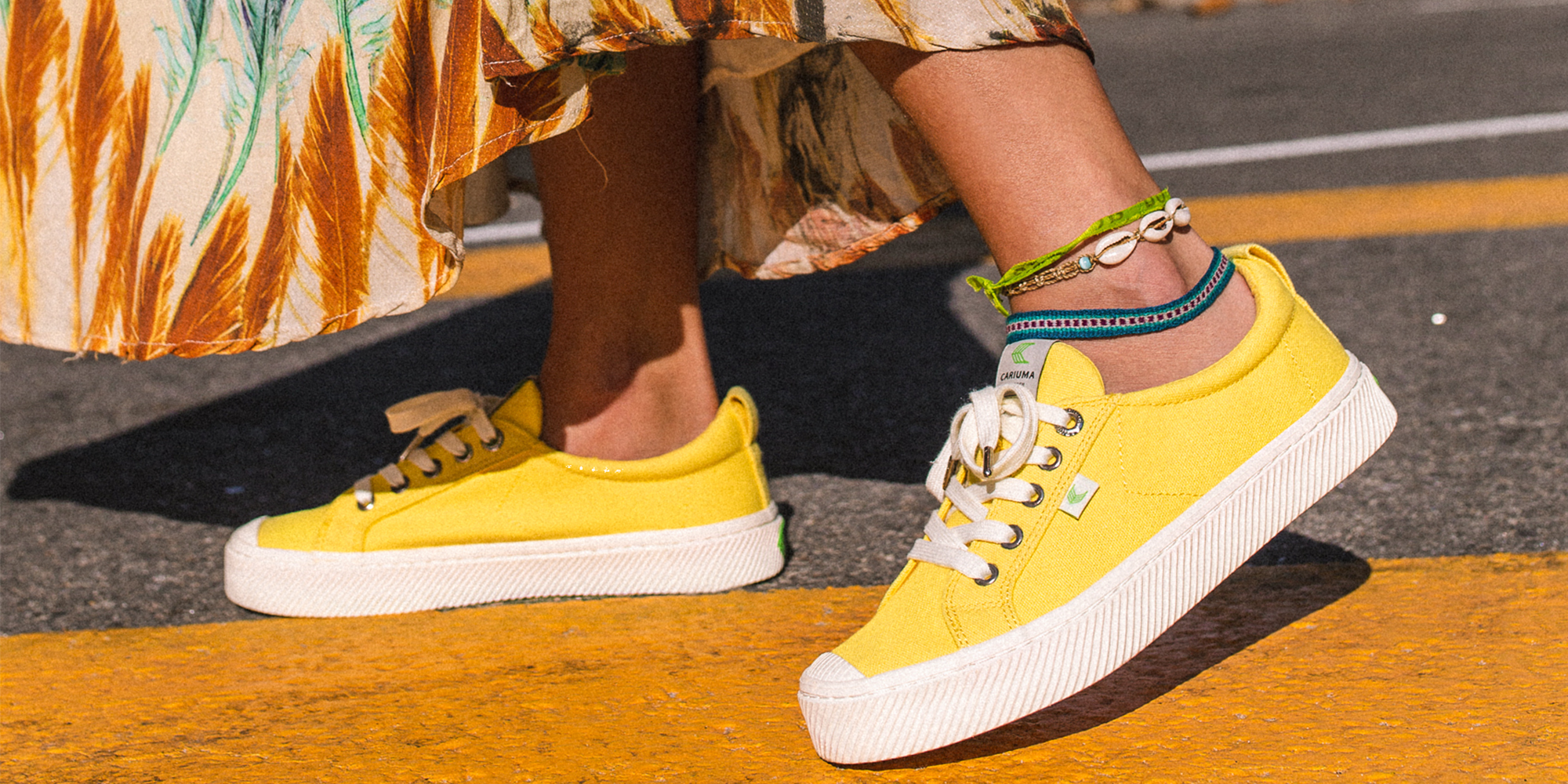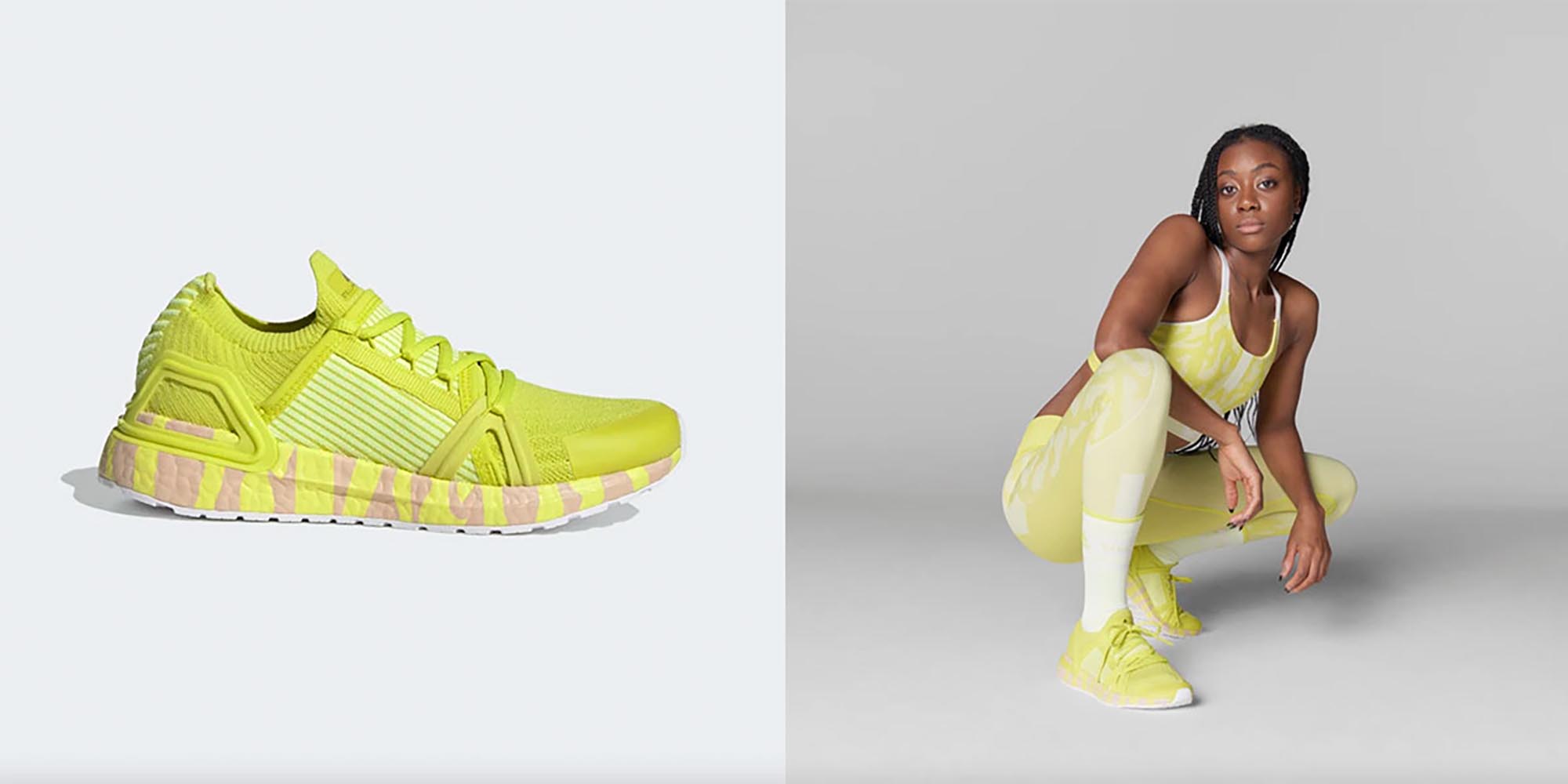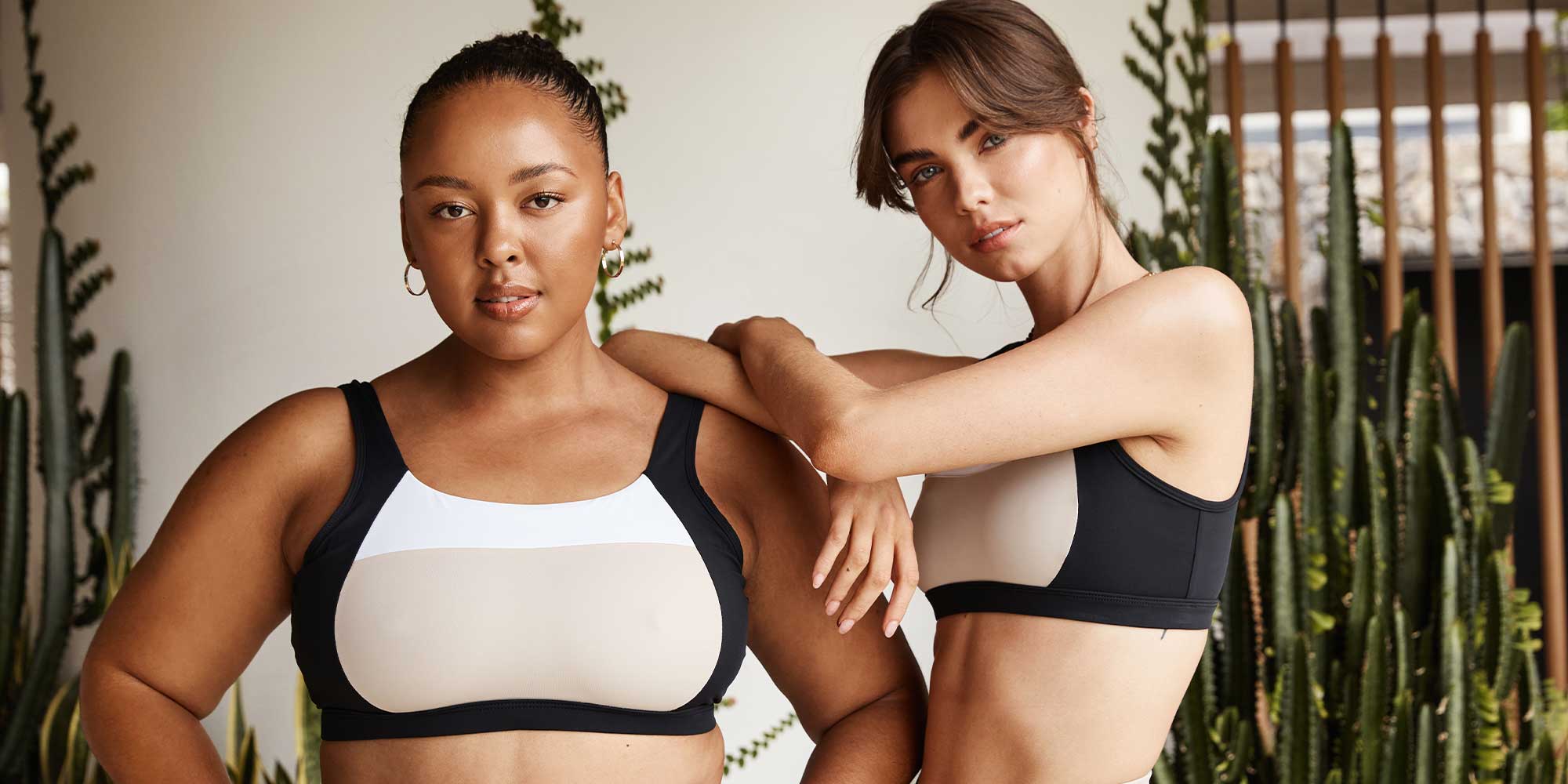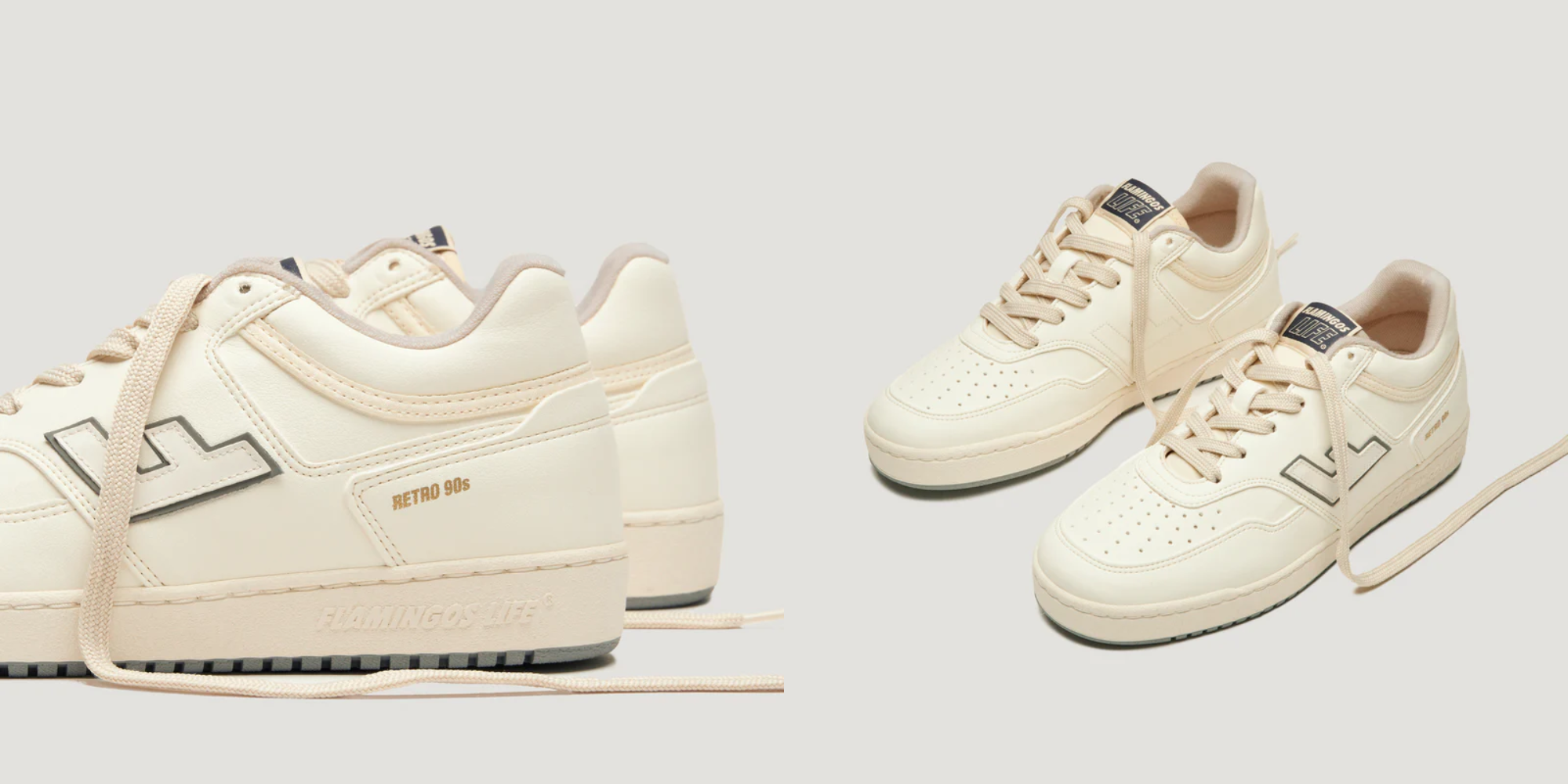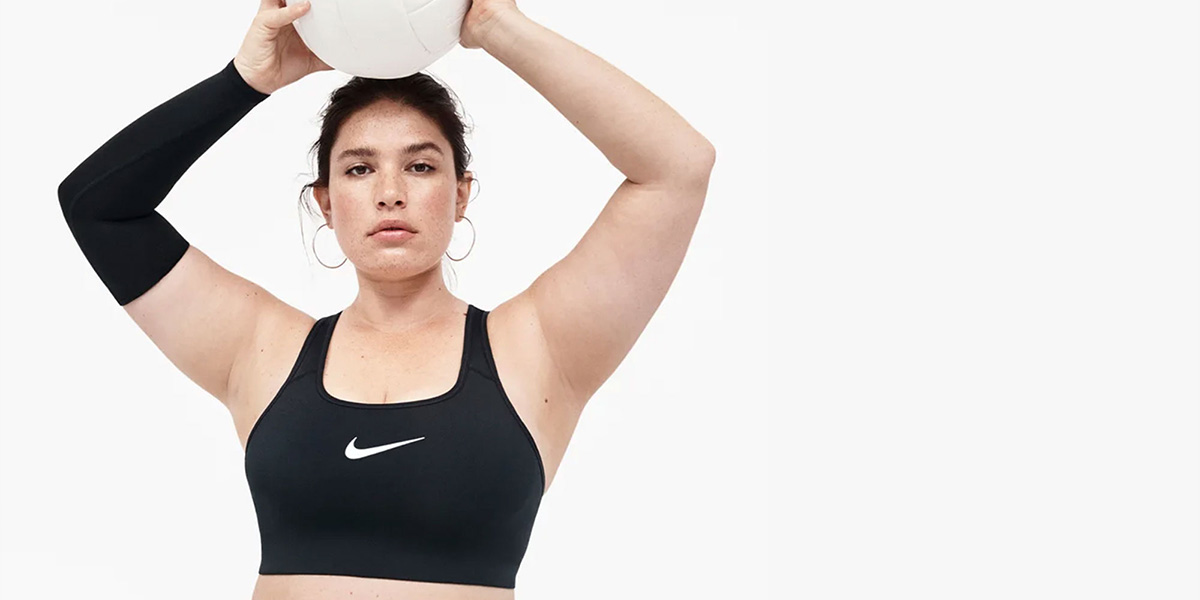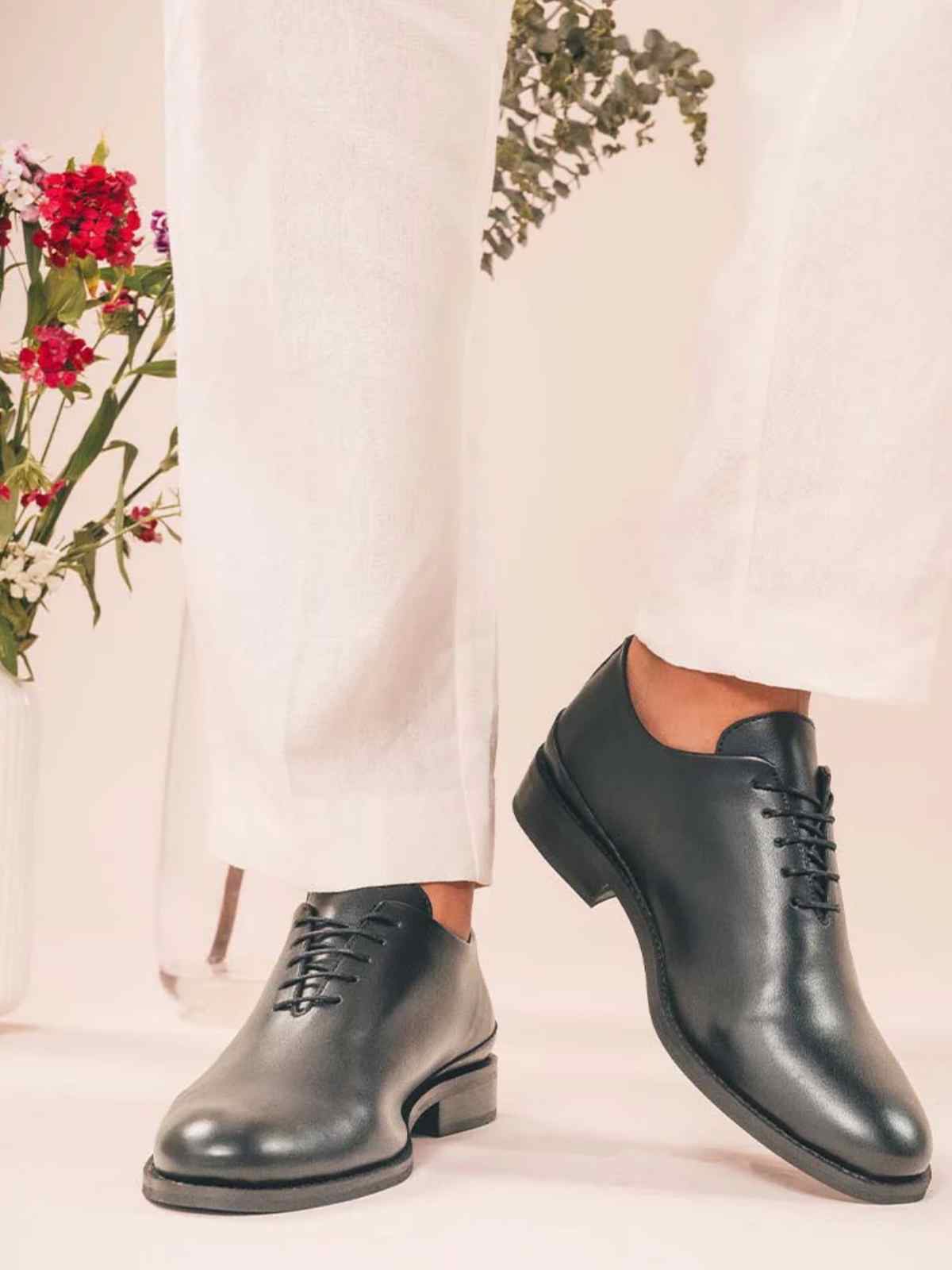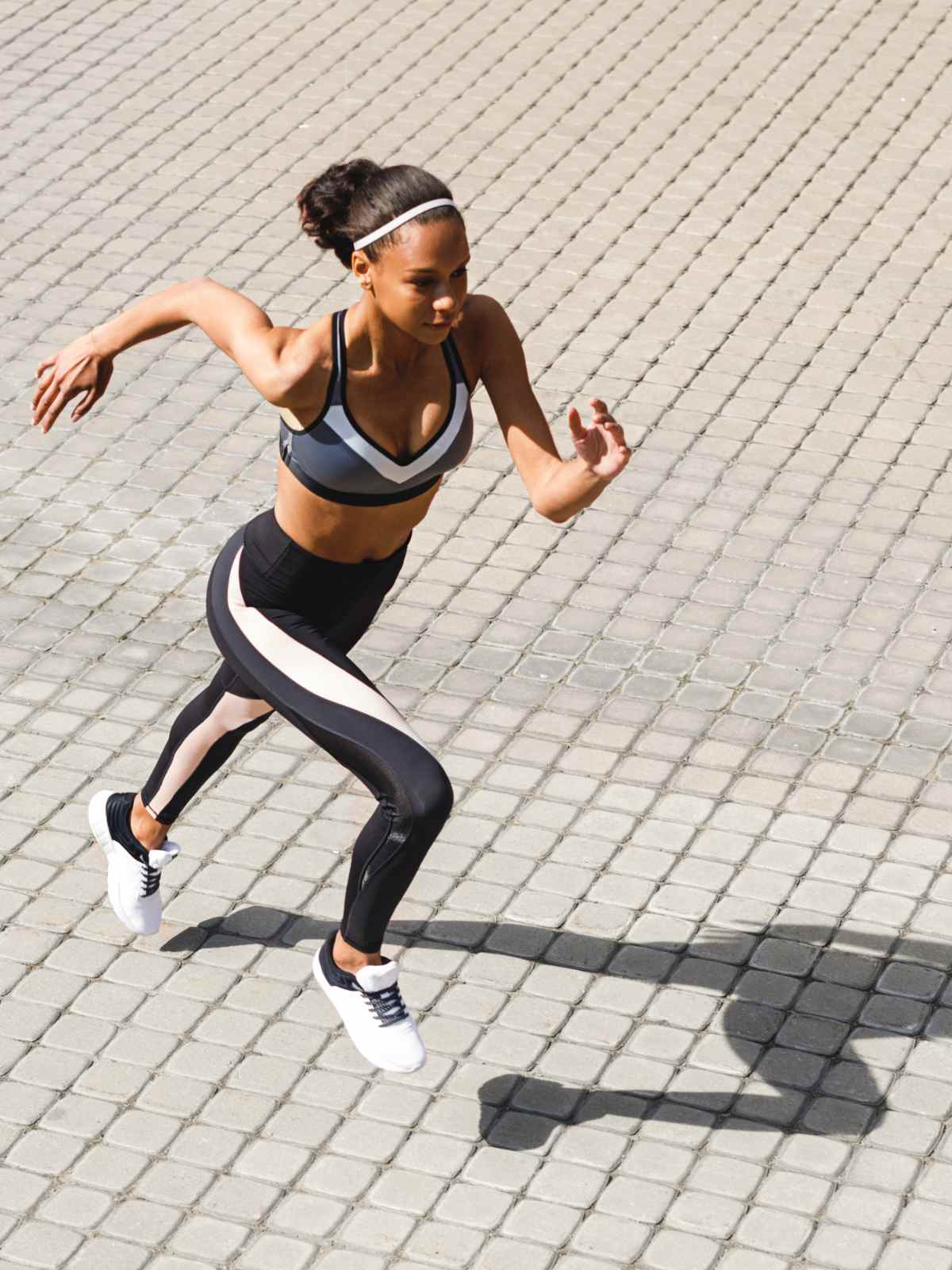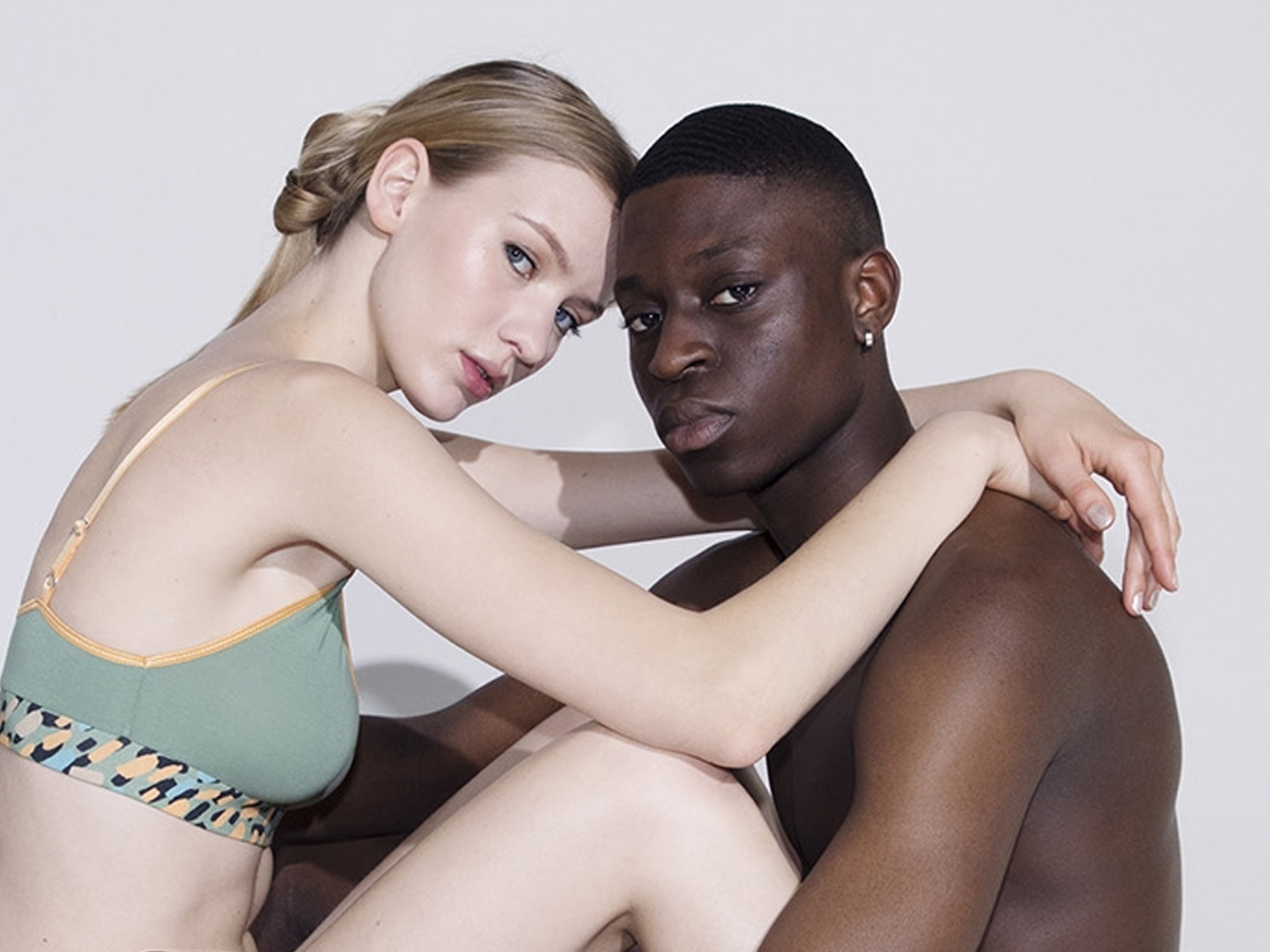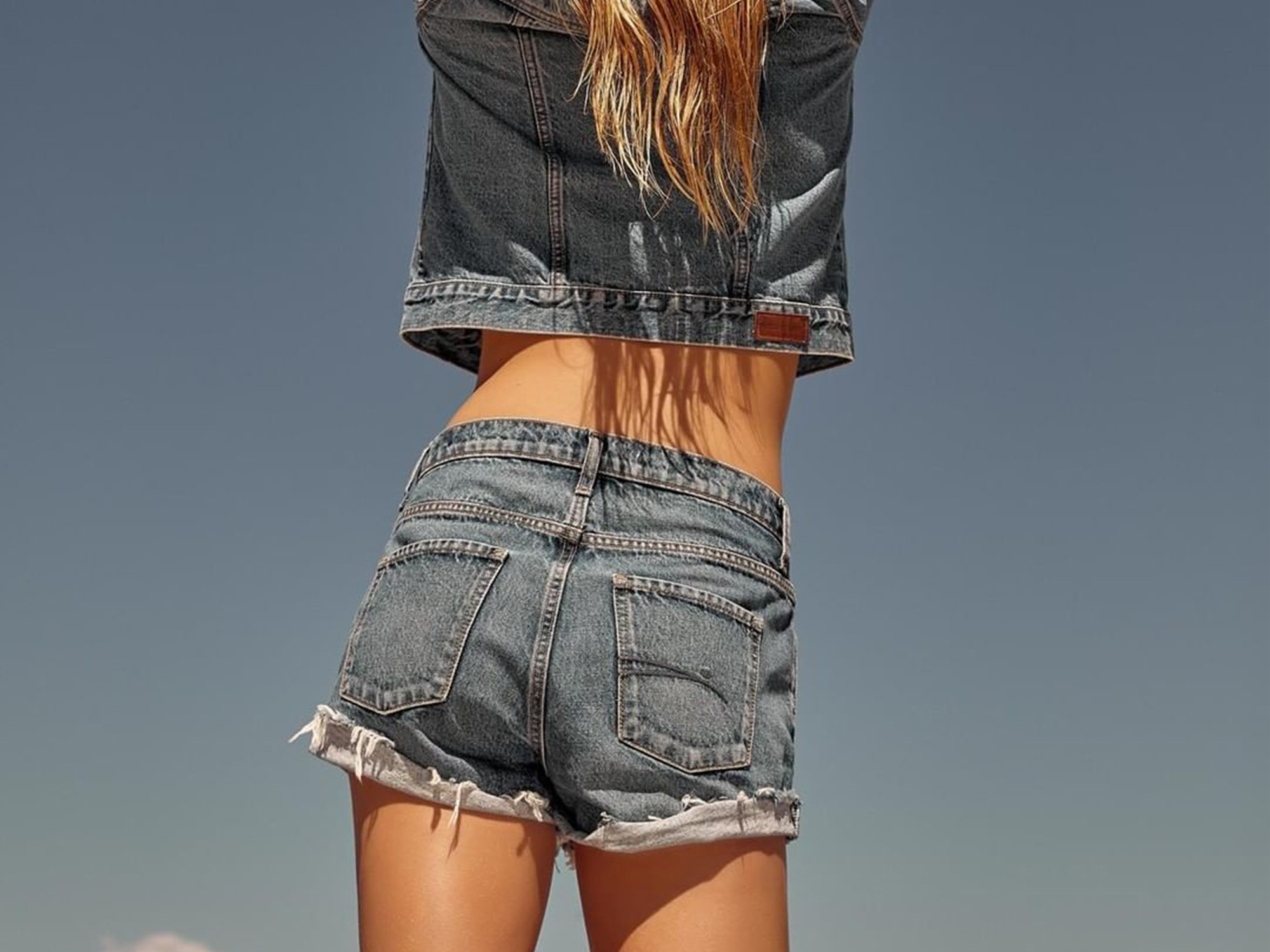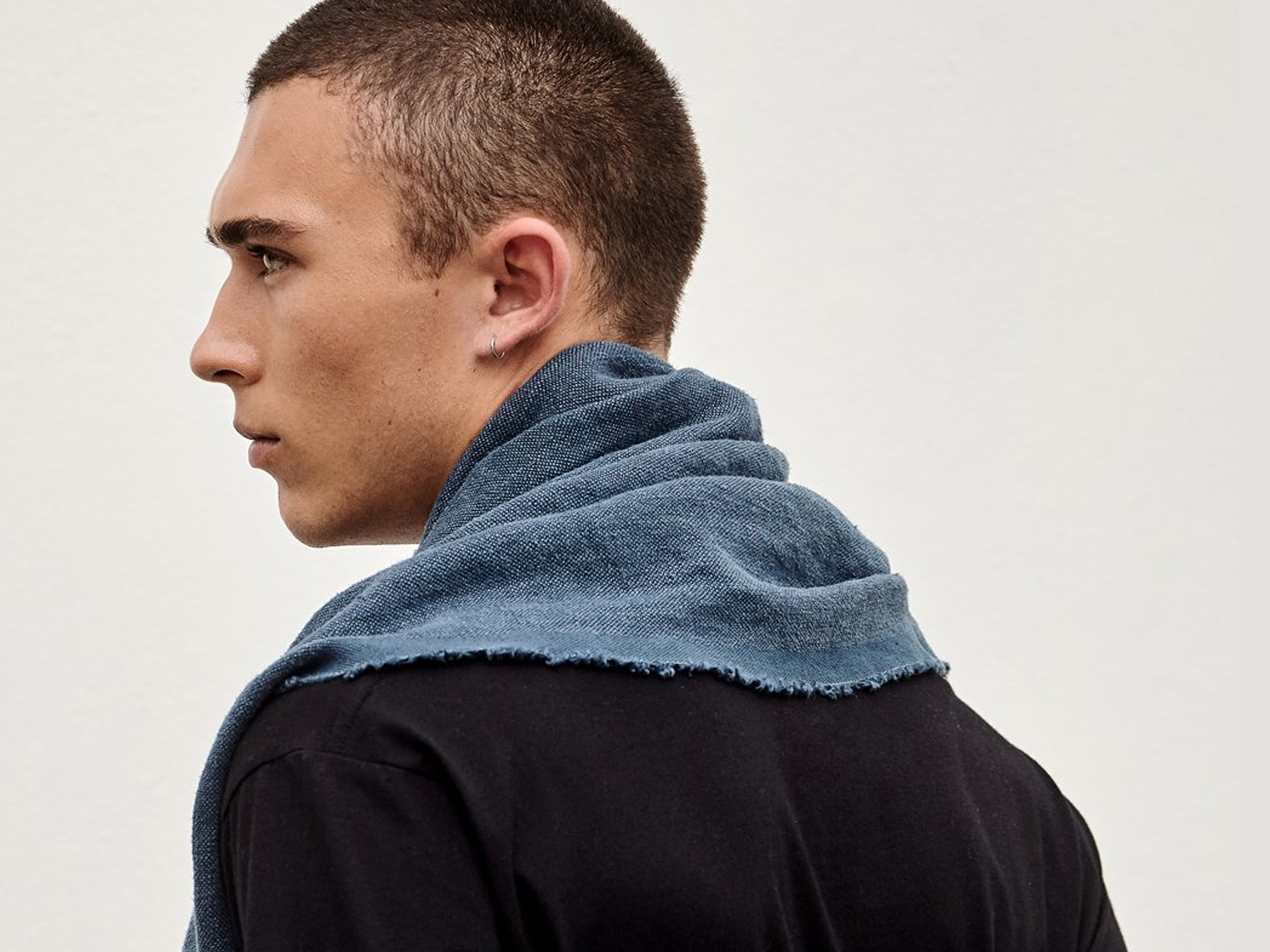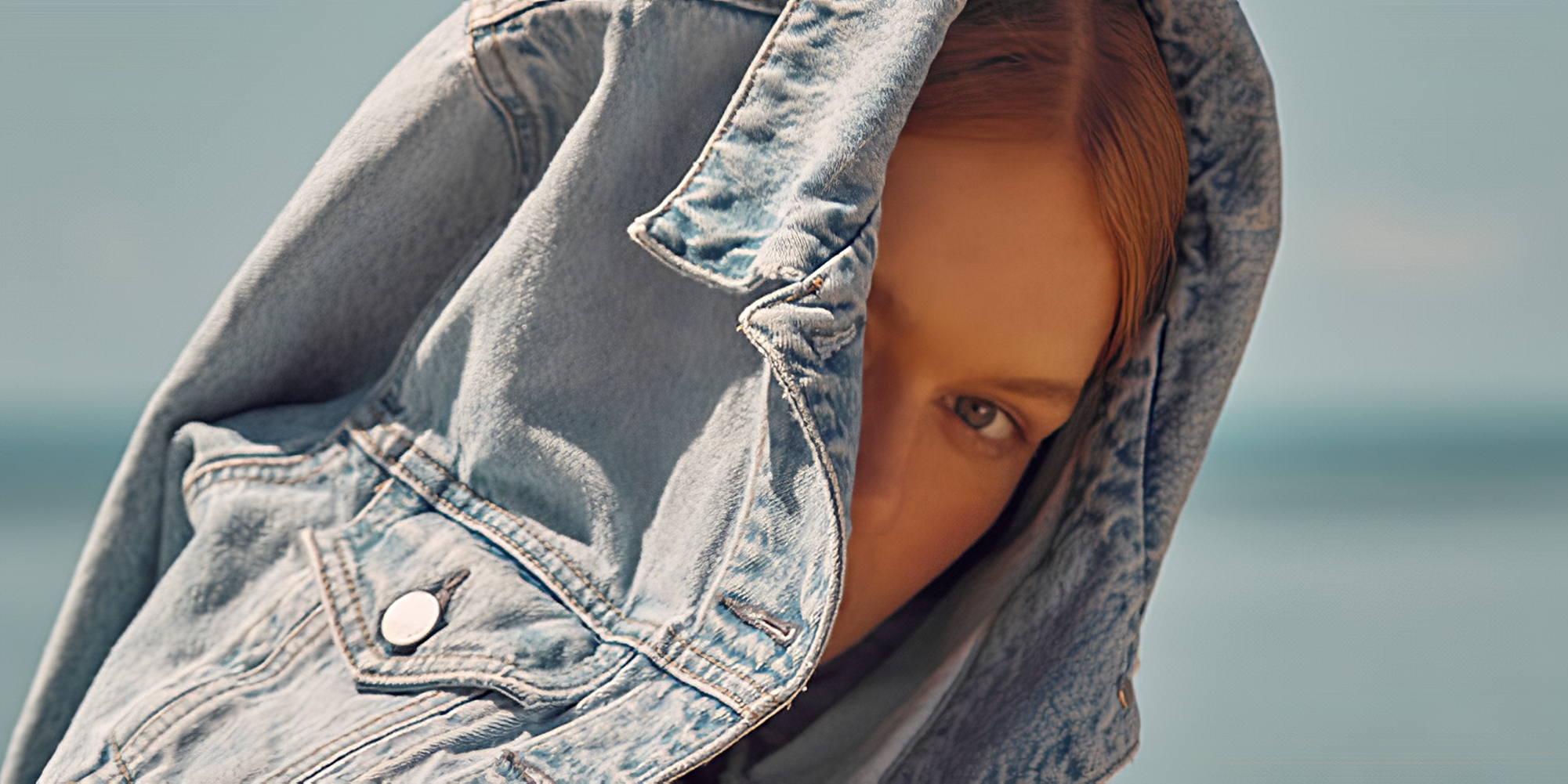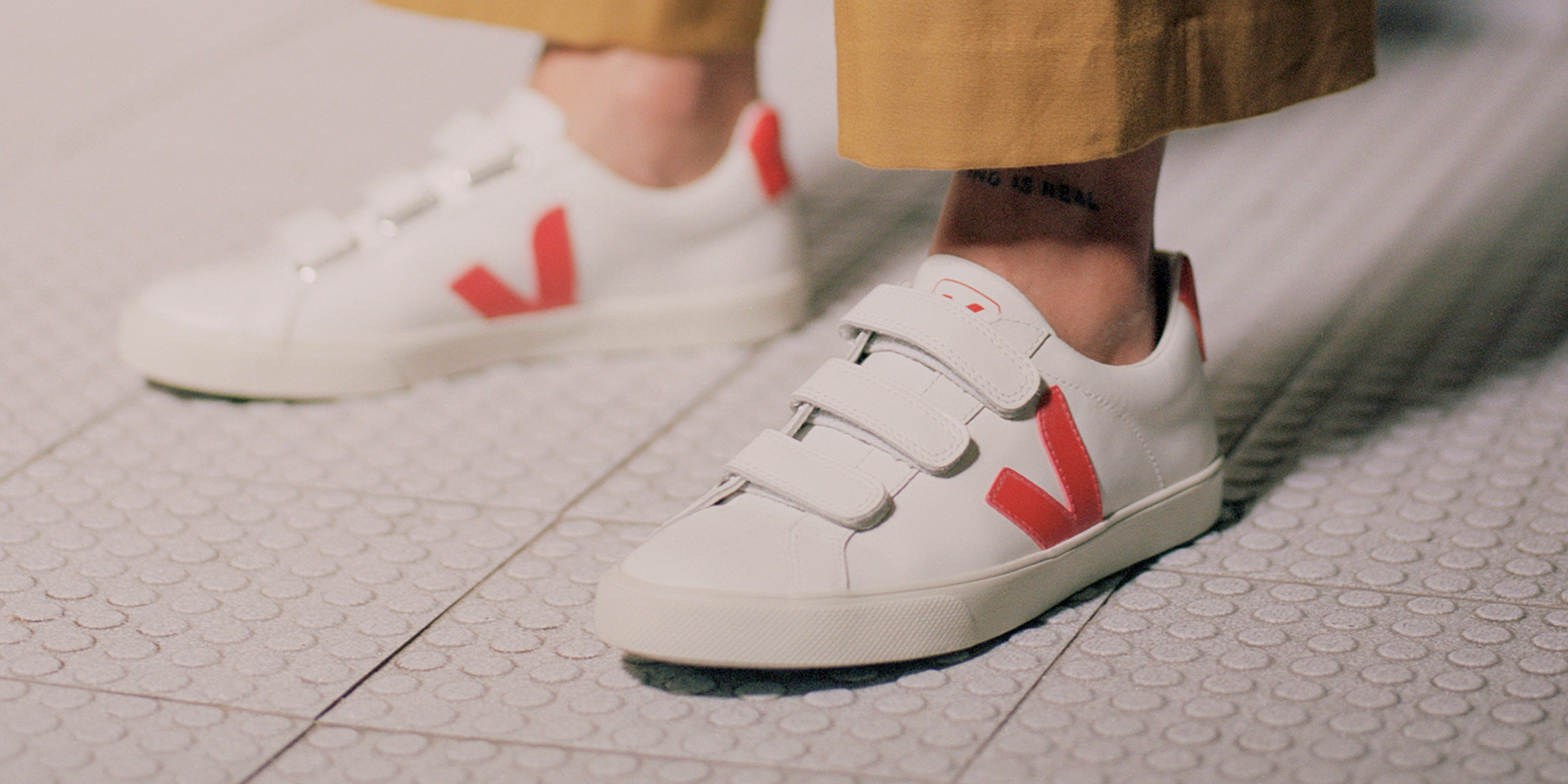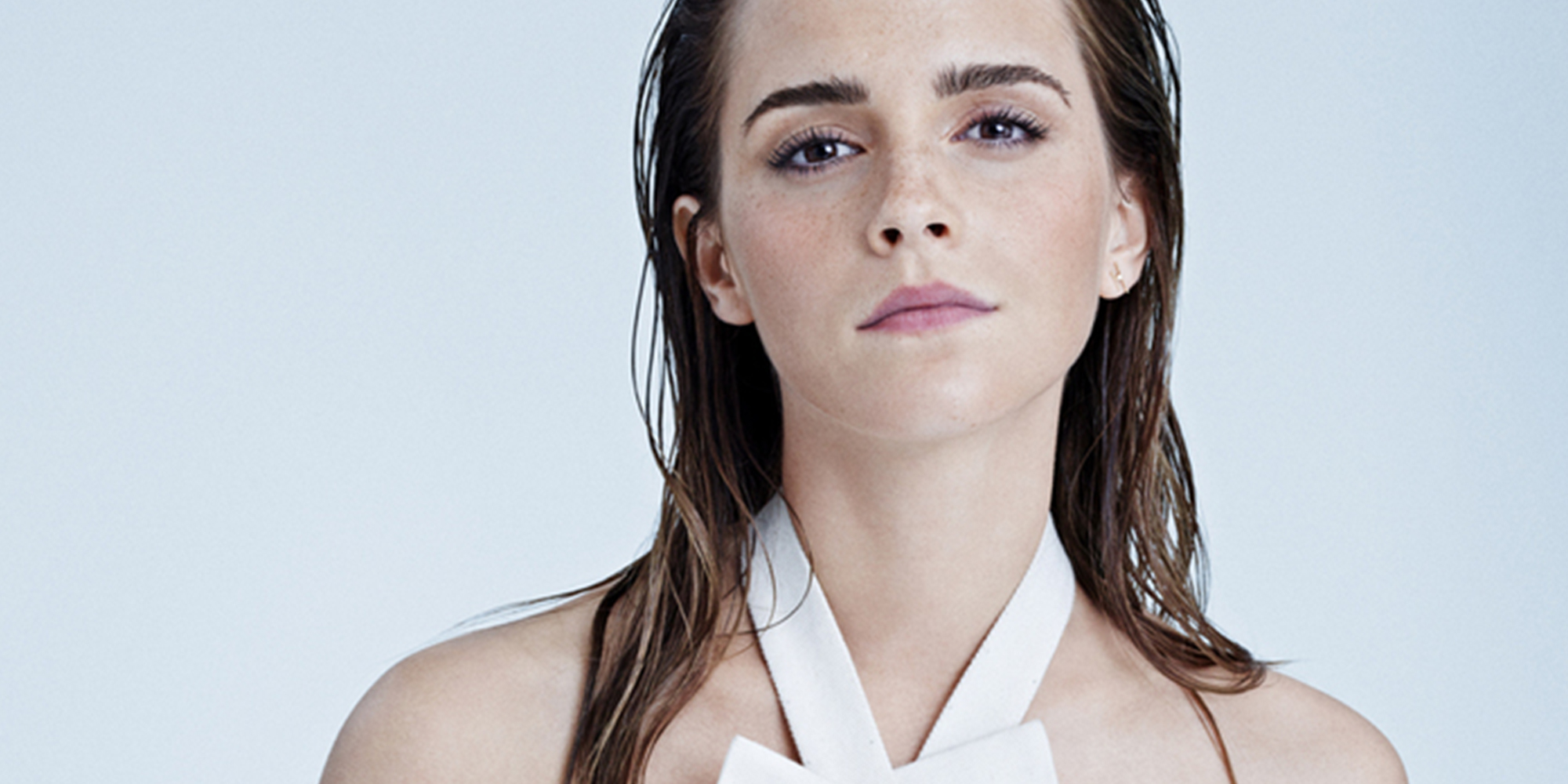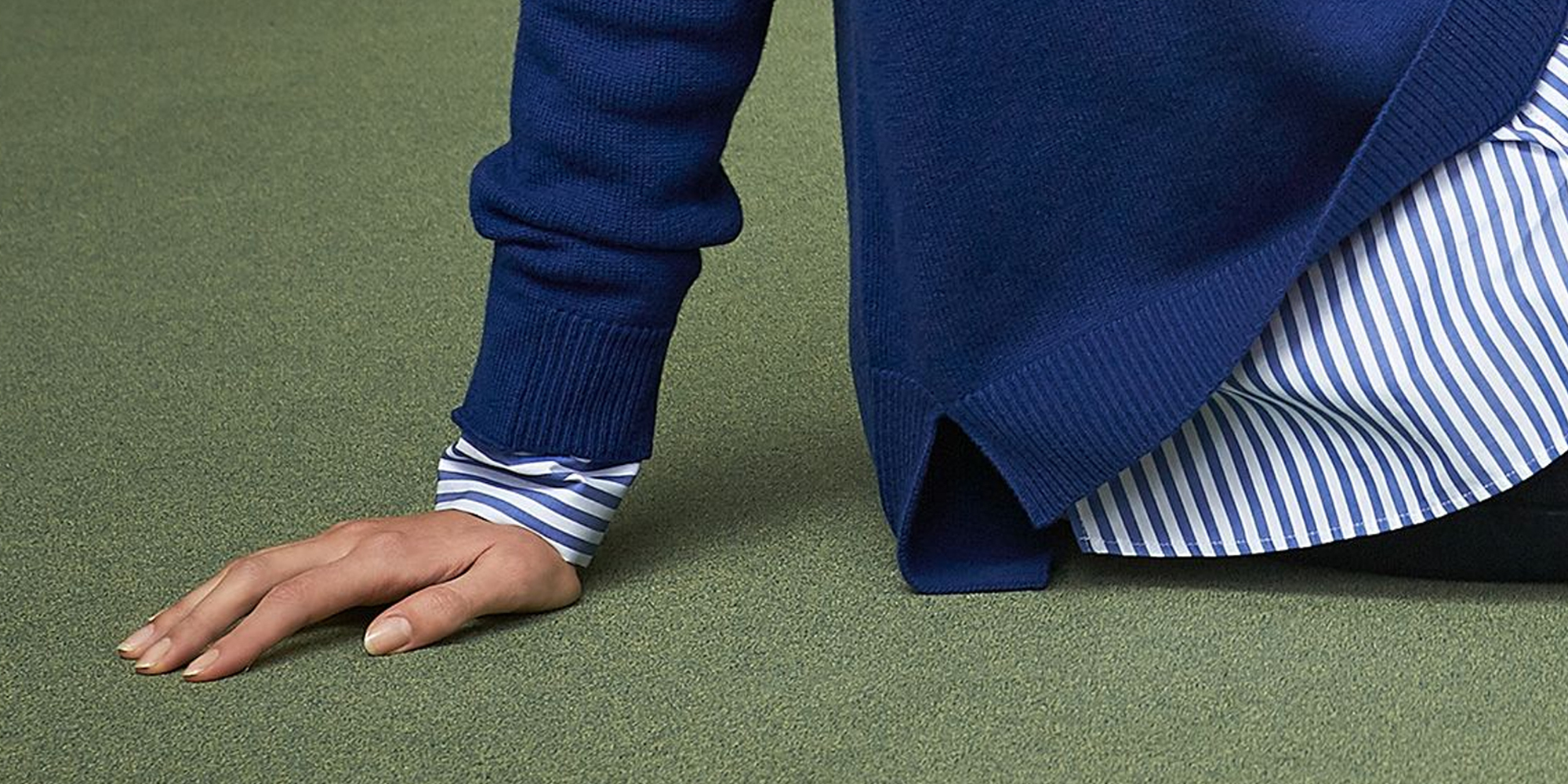Our editors curate highly rated brands that are first assessed by our rigorous ratings system. Buying through our links may earn us a commission—supporting the work we do. Learn more.
Nike is one of the most popular activewear brands in the world, so just how ethical is Nike? Our research shows the brand is making a start, but the sportswear giant still has work to do across the board. In this article, we dive into the brand’s “It’s a Start” rating, which was published in May 2023 and may not reflect claims the brand has made since then. Our ratings analysts are constantly rerating the thousands of brands you can check on our directory.
What’s going on behind the Swoosh
Though it seems everybody has at least one pair of Nikes, that popularity has come in spite of a lot of ethical concerns raised throughout the brand’s history. While it’s known for its inspiring advertising that reflects the diversity of people in sports, the Just Do It brand has also come under fire in the past for links to sweatshops and unethical manufacturing.
So how does this brand rate today when it comes to its treatment of people, the planet, and animals? How ethical and sustainable is activewear brand Nike? Here’s what Good On You’s analysts found in their recent re-rating.
Nike sweatshops and its brand image
Nike had been accused of using sweatshops to produce its sneakers and activewear since the 1970s, but the issues really came into the spotlight in 1991 when activist Jeff Ballinger published a report detailing the low wages and poor working conditions in Nike’s Indonesian factories. Soon after, the brand came under fire and became the subject of a sustained campaign by United Students Against Sweatshops.
Nike was initially slow to respond in the ’90s—but under increasing pressure, it eventually made some changes by improving its monitoring efforts, raising the minimum age of workers, and increasing factory audits.
Since then, the brand has earned plaudits for many of its efforts. In 2016, for example, Business of Fashion reported that Nike has successfully transformed its tarnished image to become a “recognised sustainability leader.” Morgan Stanley even ranked Nike “the most sustainable apparel and footwear company in North America for environmental and social performance, including its labour record.”
While that all sounds like progress, is this actually the case?
Steps forward, steps backwards
Though Nike has successfully improved its reputation and has become a top-selling activewear brand globally, many of its practices are still problematic.
In 2017, Nike took a big step backwards, as the International Labor Rights Forum reported that the company had turned its back on its commitment to the Worker Rights Consortium (WRC). This move effectively blocked labour rights experts from independently monitoring Nike’s supplier factories. In 2021 and 2022 Nike received a 51-60% score in the Fashion Transparency Index (in the same scoring range as the previous year), suggested it started going in the right direction again for transparency.
But in May 2023, Nike was hit with a class action lawsuit over “greenwashed” sustainability claims. “The 47-page ‘greenwashing’ lawsuit charges broadly that Nike has illegally attempted to capitalise on consumers’ preference for ‘green’ products by falsely claiming that certain apparel tagged with ‘sustainable’ claims and marketed as supporting the retailer’s waste- and carbon-reducing ‘Move to Zero’ initiative are, unbeknownst to the public, made from non-biodegradable plastic-based materials,” reports ClassAction.org.
It’s like Nike is in an on-again-off-again relationship with doing the right thing, begging for some stability.
Environmental impact
We rate Nike “It’s a Start” for the planet. Though Nike has made a few positive changes to its environmental practices and is a member of the Sustainable Apparel Coalition, it still has a way to go before it can truly be called a more sustainable brand. Nike uses some lower-impact materials, including organic and recycled cotton. The brand has also set a deadline to eliminate hazardous chemicals by 2025 and the good news is that it’s on track to meet its target. But while Nike has set a science-based target to reduce greenhouse gas emissions generated from its operations and supply chain, there is no evidence it is on track to meet that target. And there’s no evidence it’s taking actions to protect biodiversity in its supply chain.
Labour conditions
Nike’s labour rating is also “It’s a Start”. Though the brand has focused on female empowerment and inclusiveness in its advertising campaigns, the women who work for Nike—from factories to headquarters—are seemingly left out of this picture. In 2018, Nike was sued by two former female employees who accused the sneaker giant of creating a culture of gender discrimination and sexual harassment.
On a positive note, the company is Fair Labor Association (FLA) Workplace Code of Conduct certified. It also implements practices to encourage diversity and inclusion in some of its supply chain, and it disclosed adequate policies to protect suppliers in its supply chain from the impacts of COVID-19 during the heights of the pandemic (though not workers).
The Foul Play report by the Clean Clothes Campaign and Collectif Ethique sur l’Etiquette shows just how far Nike has to go when it comes to living wages. It highlights the difference between the ever-increasing amount of money paid on sponsorships to sports stars and other marketing expenses, compared to the reduction of the share of the final price of your sports gear paid to workers in the supply chain. The report calls on both Nike and Adidas to commit to paying living wages across their supply chains by a specific date and other supporting action. Read more about living wages for garment workers here.
In previous ratings of Nike, we couldn’t find evidence the brand ensured payment of a living wage in most of its supply chain. When we reviewed the brand in May 2023, we found that Nike now claims to have a program to improve wages but found no evidence it indeed ensures its workers are paid living wages in most of its supply chain.
Animal welfare
Nike does not use fur or angora in its products, which may not be that surprising given its activewear category. However, it does use wool, down, exotic animal skin, shearling, exotic animal hair, and silk without specifying sources. It uses some recycled leather in its leather products. This lack of transparency is problematic as the welfare of animals and workers is unknown. Because of this, we have given the brand a rating of “Not Good Enough” for animal welfare and hope for more progress soon.
Overall rating: ‘It’s a Start’
So, how sustainable is Nike? Overall, we rate Nike “It’s a Start” based on information from our own research. Though Nike has a few promising environmental measures in place, it’s clear that the company is not doing as much as it should and needs to make serious changes in most areas. With an annual revenue of over $46.7bn in 2022, the sportswear giant can certainly afford it.
Good On You ratings consider hundreds of issues, and it is not possible to list every relevant issue in a summary of the brand’s performance. For more information, see our How We Rate page and our FAQs.
Good swaps
If you love the Nike vibe but prefer to support brands doing “Good” or “Great”, we’ve rounded up some more sustainable alternatives to Nike for you below.

